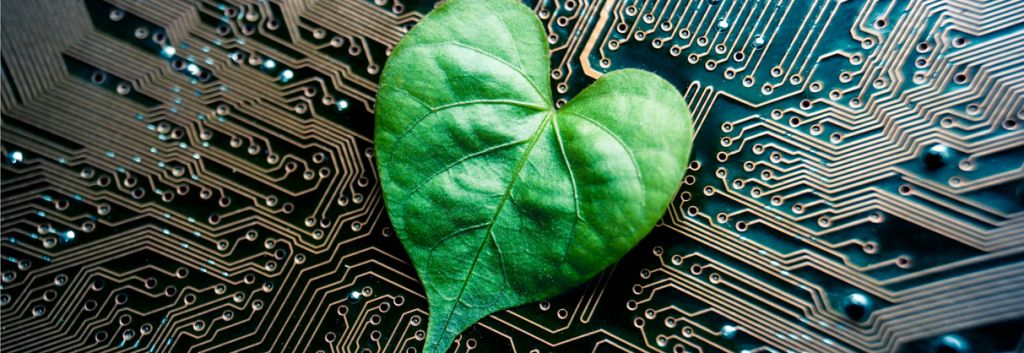Newsletter Signup - Under Article / In Page
"*" indicates required fields
e-Plants can become a reality with a new technique that creates in vivo electronic circuits. But what are these bioelectronic plants for?
A research team from the Linköping University has developed a ‘magic sauce’ that can transform the normal vascular system, through which they transport water and nutrients from the roots, into an electronic circuit. The breakthrough was now published in the journal PNAS.
Of course, there’s no ‘magic sauce,’ rather a molecule called ETE-S. In an experiment similar to dyeing a flower by feeding it a solution with regular food coloring, the researchers used a rose to take up this material. It polymerizes inside the plant, creating long threads across the stem, leaves and petals that can conduct electricity. The major breakthrough is regarding how well the material penetrates the plant, creating a more complex electronic network and enabling practical applications. Et voilá, an electronic rose.

Bioelectronics has captured the interest of a wide range of players, from iGEM competitions in synthetic biology to deep-pocketed ventures between tech and pharma. Harnessing electricity from living beings is also an idea in development, be it with microbial fuel cells or plants that double as phone chargers. As in the last example, one of the popular concepts is to be able to harness the energy generated by photosynthesis. An electronic plant could eventually do this directly.
However, the applications are not limited to this exciting but still remote concept of green power supplies. As the technology is now, the modified rose behaves as a supercapacitor, a fast-charging energy storage that could be the future of batteries. This function could be helpful for autonomous energy systems. Powering sensors is another application the team is looking into.
In a slightly different direction, this method could prove to be a versatile tool in plant science as well. While plants don’t have a nervous system, plants do use electric signals for different processes. These in vivo circuits may let us understand this regulation process better.
With sufficient insight, creating circuits within plants could allow us not only to ‘steal’ photosynthesis energy but also create programmable plants with swifter reactions to drought or pests. Maybe this technology can join the ranks of other budding innovations in crop protection, from CRISPR-edited plants to RNA sprays.
Images from wk1003mike/Shutterstock and Stavrinidou et al. (2017) In vivo polymerization and manufacturing of wires and supercapacitors in plants. PNAS (doi: 10.1073/pnas.1616456114)
Partnering 2030: FME Industries Report







